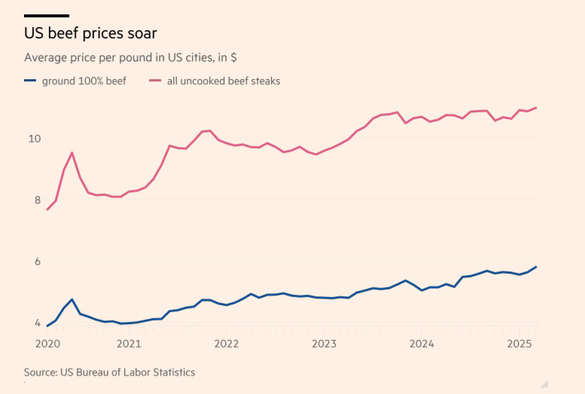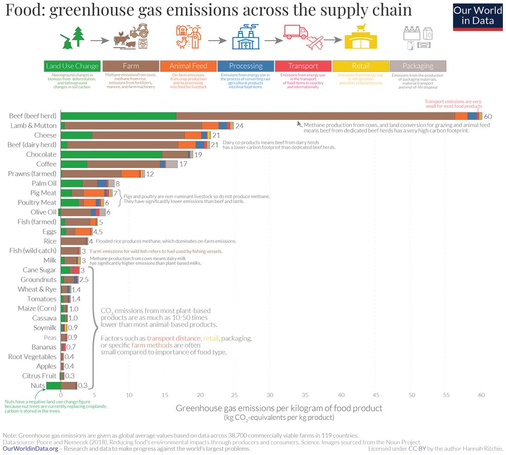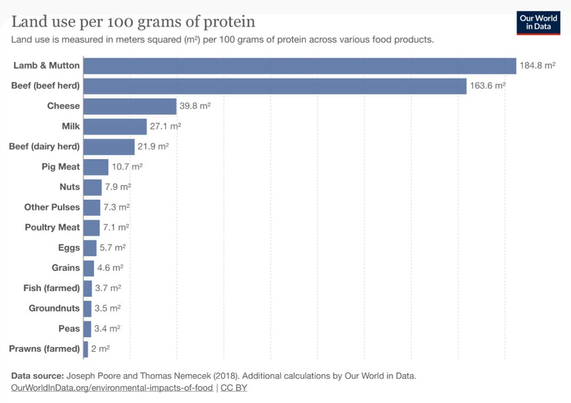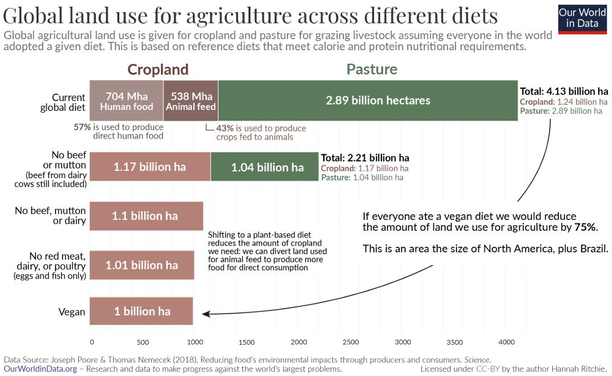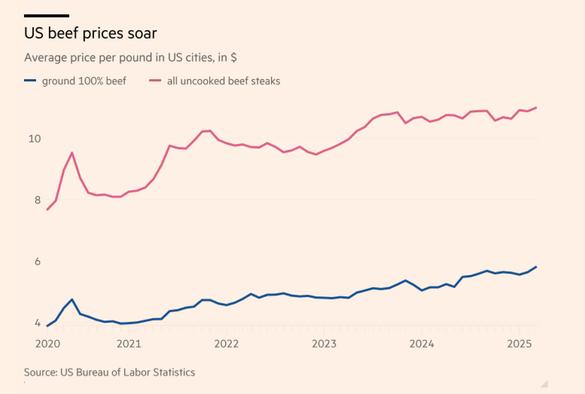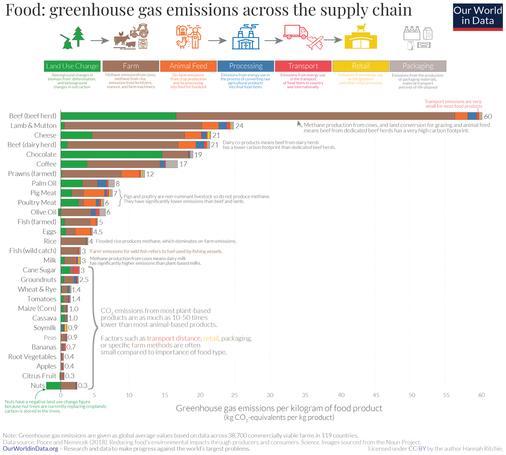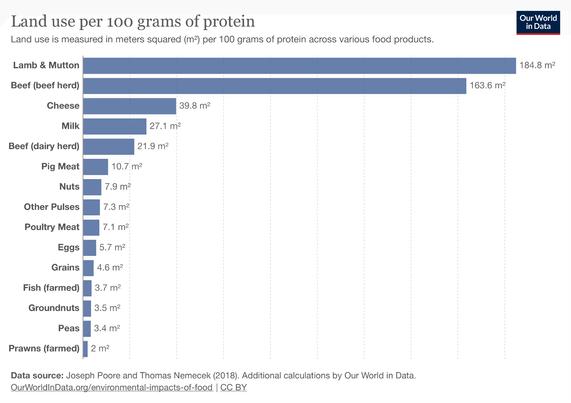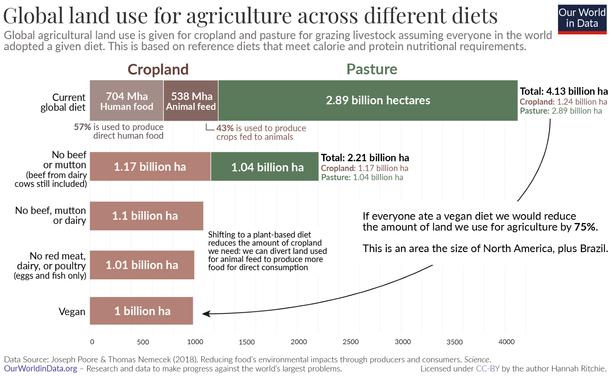Global Warming geography: a detailed analysis
5 ways to reduce land pollutionGlobal Warming is a highly debated and worrying issue today. As global temperatures continue to increase, it is vitally important to understand the geography associated with this phenomenon. In this article, we will explore the various geographical aspects of Global Warming and its impact on Earth.
1. Changes in climatic patterns
Global Warming has significantly altered climatic patterns worldwide. The highest temperatures have caused prolonged droughts in some areas, while others have experienced an increase in rainfall. These changes in climatic patterns have a direct impact on local geography, affecting droughts in agricultural areas to the availability of fresh water in more arid regions.
Desertification is another effect of Global Warming on geography. As temperatures increase, the driest and fragile ecosystems become even more vulnerable. Deserts expand and previously fertile areas become arid and infertile lands. This process unbalanced natural systems and has a direct impact on the life of communities that depend on agriculture and livestock.
2. Sea level elevation
Another important geographical aspect of Global Warming is sea level elevation. As the glaciers melt and polar caps are reduced, a large amount of water is released that was previously retained solidly. This has led to a gradual increase in sea level worldwide, which has a direct impact on coastal areas and low areas near the oceans.
coastal cities are threatened by the increase in sea level, which can cause more frequent and serious floods. It is expected that many low and vulnerable islands could disappear in the future due to the lack of territory to be habitable. In addition, coastal erosion has become more prominent, which affects the geography of coastal areas and local biodiversity.
3. Impact on natural systems
Global Warming has caused significant changes in the natural systems of the earth. Polar ecosystems, such as Arctic and Antarctic, are experiencing accelerated melting, which has a direct impact on the geography of these regions. Animals and plants that depend on polar conditions are threatened and many species run the risk of extinguishing.
In addition, mountain systems are also affected by Global Warming. The melting of glaciers and the decrease in snow accumulation in the peaks have altered the geography of the mountains. The rivers and lakes fed by thaw water are experiencing changes in their water regime and this has an impact on biodiversity and human communities that depend on these systems.
4. Geographical responses to Global Warming
Geography also plays a fundamental role in the responses to Global Warming. The areas most affected by this phenomenon are implementing measures to mitigate their impacts. The adaptation and resilience projects are being carried out in coastal areas to protect cities and vulnerable populations from more frequent floods and storms.
In addition, geography plays an important role in the development of renewable energy sources. The location of wind farms and solar energy plants is based on a series of geographical factors such as solar radiation and wind patterns. These energy solutions help stop greenhouse gas emissions and reduce Global Warming.
Conclusion
The geography of Global Warming is complex and has significant consequences on Earth. From changes in climatic patterns to sea level elevation and impacts on natural systems, Global Warming is altering world geography. It is crucial to understand and address these changes to protect our planet and guarantee the sustainability of our communities.
uw essay exampleClarify the relationship between the loss of biodiversity of Glingod.com and global warming. See why the protection of wildlife is important for equilibrium eco-systems! #Biodiversity protection #ClimateAction



